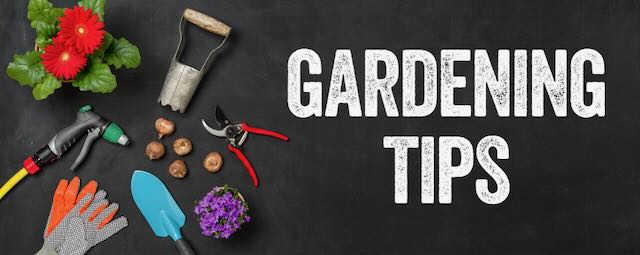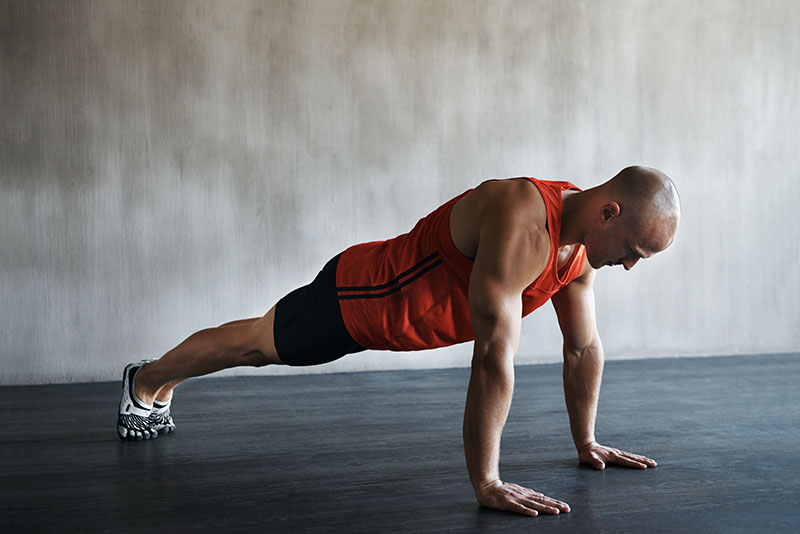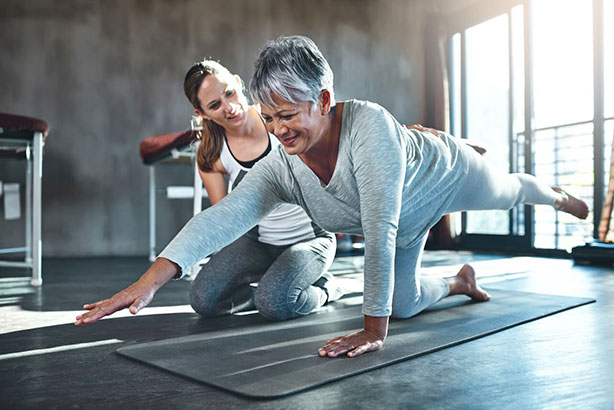
Gardening Tips
Gardening Tips
Proper movements and tools will extend your gardening season. The secret to a healthy garden is a healthy gardener. To get the most of your gardening season, the Canadian Physiotherapy Association (CPA) recommends the following tips and techniques. A “warm up” before you start your gardening helps to reduce muscle strain, injury and fatigue. Do some shoulder circles, trunk rotations, and heel / toe standing. Take a few minutes to stretch your neck, wrists, shoulders, lower back and legs. Repeat them again at the end of your gardening activity. If you begin to feel a bit stiff while gardening, pause and do more stretches.
RAKING OR HOEING – keep your tools close to your body and your back straight to reduce strain. Use your arms and avoid twisting your trunk. Use long-handled tools suited to your height.
- If you tend to bend over or reach too far while raking, consider using an ergonomic rake (available at garden centres). It will make the job easier and reduce strain to your back.
WEEDING OR PLANTING – do not bend from the waist. Squat or kneel on a kneeling pad. If you have difficulty getting up, use a kneeling pad / bench with a support handle for assistance.
- Give your back, legs and knees a break from stooping and kneeling by using tools with long handles to help with the weeding;
- Squat or sit on the ground to trowel, rather than bending over.
DIGGING OR SHOVELLING – insert the head of the shovel vertically into the ground and step on the blade. Lift small amounts at a time. Keep your back straight and bend at the knees. Avoid twisting. Use a wheelbarrow to move big or heavy loads.
- Choose a shovel with a weight and handle length that is appropriate for your size and for the job you are doing;
- Give your back a break by using a smaller shovel, reducing the temptation to lift large amounts of soil;
- Spread heavy lifting and digging tasks over a week rather than a weekend, and spread major projects throughout the seasons. Take time to recover between them.
LIFTING OR CARRYING – know your limits and lift properly: bend your knees, not your back. Keep the load close to your body. Don’t lift items that are too heavy for you to handle – get help! Use a wagon or wheelbarrow to transport supplies and / or to move or carry heavy items.
- A four-wheeled cart is sturdier and easier to use than a wheelbarrow;
- Lift with your knees slightly bent and your back straight. Avoid twisting or reaching.
PRUNING OR TRIMMING – get as close to your work as possible. Don’t stretch beyond your reach or past your stable footing.
- Match the size of the gardening tool handle to the size of your hand. Choose tools that you can hold so that your hand remains positioned in line with your forearm;
- Hold your tools in a loose comfortable grip. Holding too tightly may cause injury;
- Be creative! Adapt or create your tools for ease and comfort;
- Pad the handles of your gardening tools;
- Use knee pads or a foam pad for kneeling;
- Wrap a slippery handle with tape to improve your grip (hockey stick tape will do).
ADDITIONAL TIPS FOR THE GARDENER:
- Tools with larger, padded handles are more comfortable for gardeners with painful or arthritic hands. Enlarge tool handles with grip-tape or foam tubing purchased at a hardware store.
- Tools with tubular steel rather than wood are more lightweight and may be easier to use.
- Where possible, use a potting bench or a counter top to prevent unnecessary bending.
- Wear a gardening apron with several pockets for carrying frequently used tools, or keep them close at hand, to avoid reaching or twisting for the tool you need.
- Wear gardening gloves to protect your hands and joints.
- Keep tools (such as your pruners) sharp to make cutting easier.
Talk to a physiotherapist: Most of the aches and pains gardeners experience can be prevented. Enjoy the fruits of your labour. Don’t be limited by the aches and pains!





